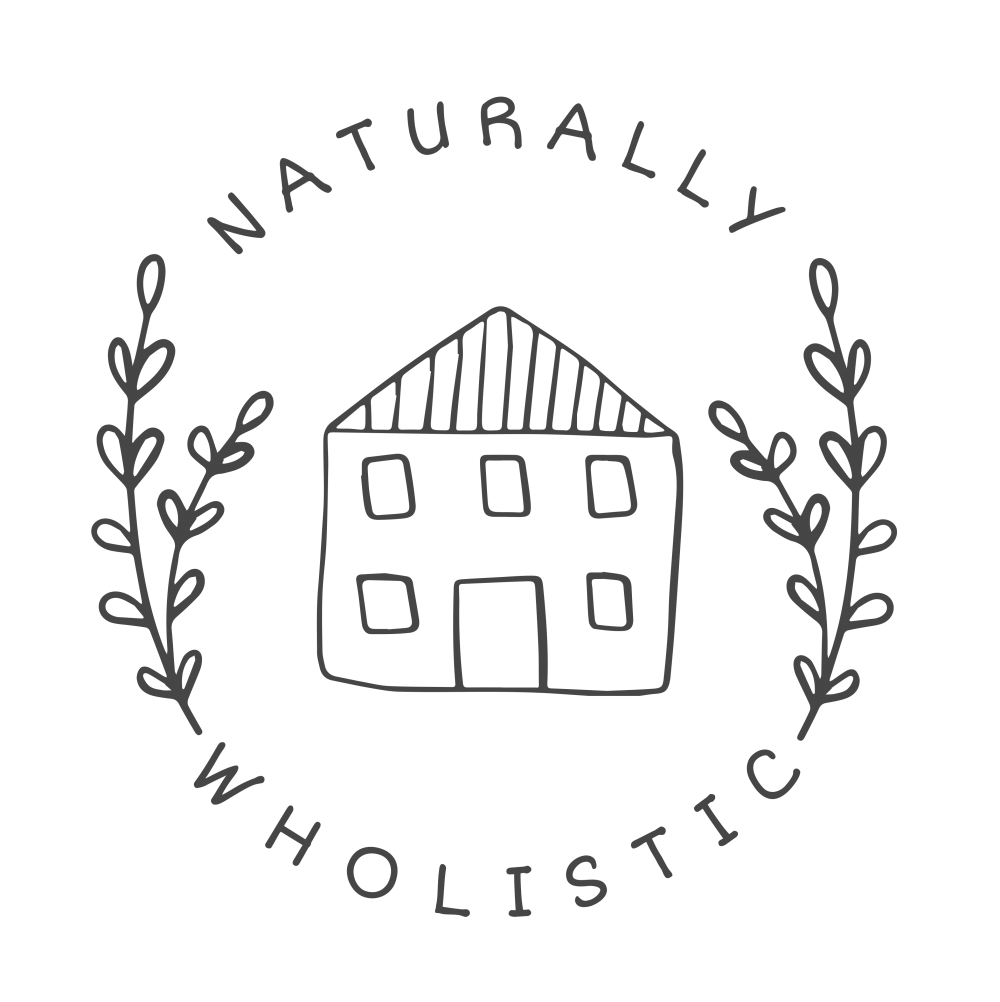UPDATE 2018 – Though my processes are still pretty much the same, I now work exclusively with an einkorn sourdough starter and do not use white flour anymore. You can read more about why einkorn is so much more nutrient dense and the most optimal grain choice for people with insulin resistance HERE. Check out all of my other recipes and posts about how I use einkorn HERE.
I’ve been successfully baking sourdough bread for my family since January of this year after I got my starter going. There are still a few bread products we buy in the store, like hot dog buns, but I bake almost everything else from scratch now.
.jpg) The core of what I make, though, is bread and pizza dough. I have also made waffles, crackers, cornbread, biscuits, and muffins, with many more interesting options queued up on my Pinterest board. Many creations have been successful, a few (one in particular) have been abysmal failures.
The core of what I make, though, is bread and pizza dough. I have also made waffles, crackers, cornbread, biscuits, and muffins, with many more interesting options queued up on my Pinterest board. Many creations have been successful, a few (one in particular) have been abysmal failures.
I’ve also jumped into the world of einkorn flour, and am having fun working with an einkorn starter too. It was super simple to convert from my white flour starter – I just pulled out 1/4 cup of starter, and began feeding it with einkorn flour. Within several days, it was active and ready to go. Sourdough is so versatile, which is why I have had so much fun experimenting with it. Yes, the starter does require daily maintenance, but it takes less time than brushing your teeth everyday. And it’s pretty hard to mess it up.
Today, I’m going to share some of the things I’ve picked up while working with sourdough starter. I’m hoping to convince readers who may be on the fence about sourdough to just do it!
- I purchased a dehydrated sourdough starter from Cultures for Health and followed their directions to get it going, but the easiest way to get started would be to obtain some active starter from a friend.
- I keep my starter in a 1-gallon Anchor Hocking glass jar that is not airtight to allow airflow. This is important for the starter to be successful. I like having the larger space to give the starter room to grow, but a smaller 1/2-gallon jar would also work (which is what I use for my einkorn starter because it doesn’t grow like white flour.) The picture above shows the level to where the starter had grown at over half of the jar, though it is currently only about 1/4 full.
- For a long time, I had my starter sitting on the counter, but I got tired of looking at it there. I like a clean, uncluttered counter, so I found space in the cabinet where I keep all of my flours and baking supplies. The starter is also less likely to attract fruit flies if it’s put away. (By the way, if your starter does attract fruit flies, just pull them out. It’s happened a handful of times and the starter has always been fine.)
- My main starter is a plain old white flour base. I realize it’s not the healthiest or nutrient-dense choice, but I do use unbleached organic flour. Safeway’s ‘O’ brand is awesome. Yes, it’s more expensive than regular flour, but it’s even more expensive to buy store-bought bread anyway, so I still consider it a win. Plus, I know that the wheat hasn’t been doused in Roundup. And unless you’re buying organic bread from the store, all bread has Roundup in it. Awful to think of what we’ve done to our “food,” but that’s a post for a different day. If organic flour isn’t an option, buy unbleached flour.
- I feed my starter twice a day, once in the morning and once in the evening. I tried feeding it just once a day in the beginning, but it had other plans for me. I forgot often enough though that I finally set timers on my phone to go off at 7:30am and 7:30pm. Too much going on to try to remember on my own! Feeding time means adding equal parts flour and water to an equal part of starter, and then mixing together until combined. When I am just maintaining the starter and not building it up to be used, I use a 1/2 cup of starter for feeding. So that means a 1/2 cup starter, a 1/2 cup flour, and a 1/2 cup water. Or for an einkorn starter, 1/4 cup starter, 1/4 cup flour, and 1/4 cup water (it’s too expensive to make a larger amount!). The consistency should be thick and lumpy, similar to pancake batter. More flour can be added to create a thicker consistency, which is what I prefer.
- I use our yummy well water, which works perfectly. If you don’t have high quality well water, use filtered or spring water. You’ll want your water to be as clean as possible so as to not introduce anything extra into the starter that shouldn’t be there.
- You’ll know your starter is happy when it is bubbly and smells like scrumptious homemade bread. The picture below shows a content white flour starter. An einkon starter behaves differently and doesn’t have a “bread” smell, at least to me. It smells pleasant, but not like bread. It doesn’t grow either and doesn’t bubble nearly as much as a white flour starter. You’ll know an einkorn starter is happy when you see bubbles, but no real growth.
.jpg)
- A warmer ambient temperature will make the starter work faster and need to be fed more often. I’ve kept it going strong through the winter, spring, and now summer without doing anything special to the temperature in the house. But it does tend to be more needy in the warmer, humid weather.
- The starter is very forgiving. It tells me if I’m behind on feeding when a yellowish liquid layer (called hooch) collects on the top and the starter takes on a very vinegary, sour smell. It also thins out and loses the pancake batter consistency. When that happens, it’s not ideal but there’s no need to panic. It just needs to be fed again and given some TLC. I stir the hooch back into the starter, and then add a slightly higher ratio of flour to return the consistency to the thicker, pancake batter texture. Depending on how neglected the starter is, it may require several days of consistent feedings to return to normal. I have been convinced twice now that I killed my starter after missing a couple feedings, but it has always come back with consistent feedings day and night, over several days.
- I clean the starter jar every once in awhile, but I don’t have a strict schedule. After missed feedings, the jar definitely needs to be cleaned because it just doesn’t smell all that great. It also helps to wipe the condensation off the jar lid during each feeding.
- When I go away for an extended time and don’t want to ask someone else to take over the feedings, I refrigerate the starter to store it. I prepare the starter for storage by feeding it first, adding slightly more flour to make a thicker consistency. Then I let it sit out for a few hours to start working. After that, I transfer it to an airtight glass mason jar with a little room available for growth, and store it in the refrigerator. I’ve stored it for several weeks and always been able to revive it with several days of feedings. This is also a great way to maintain a starter that isn’t used regularly, instead of constantly discarding starter. I have used this method for my einkorn starter in the past to keep from wasting the flour that has a significantly higher price tag.
- Discarding is something that just happens. It would be impossible for me to use all of the sourdough starter, though I do try to think ahead and only feed for what I need. For maintenance purposes, I feed only about a 1/2 cup of starter when I’m not actively baking (or 1/4 cup for the einkorn starter). That requires dumping some starter at each feeding. Otherwise, the starter would grow very large within just a few days, and I’d end up having to dump even more to keep it under control. By keeping the starter low when not using it for baking, I discard less. Of course if I’m not going to be baking for a week or more, I could store it in the refrigerator instead. I rarely do that though, and even take it with me back and forth to the beach.
- A starter can easily be converted to any flour by simply separating some out into a new glass container, and feeding it with a different flour. I used this method to create an einkorn starter and it worked perfectly! I’ve heard that even gluten-free starters can be created this way!
Ok, I think that’s all of my worldly knowledge about sourdough! I am not an expert, but I’ve gotten into a good routine and feel comfortable sharing what I’ve learned so far. If you have questions, please ask away and I will do my best to answer.
.jpg)







How do you discard your starter? Chicken feed, compost,…?
Barbara, excellent question. I don’t have a great answer though – I just throw it in the trash can. I suppose it seems like a waste, but it’s just the easiest thing. With einkorn being so expensive though, I keep the starter very small so I’m not throwing away large amounts. I hope that helps!